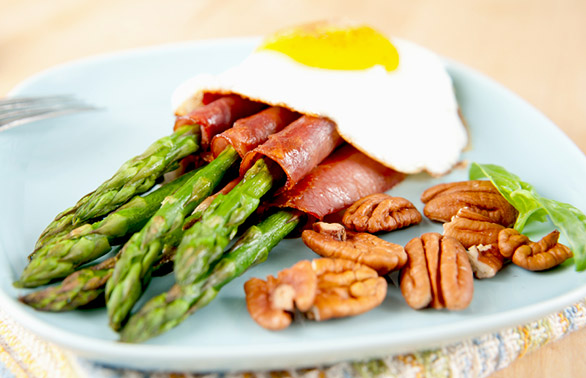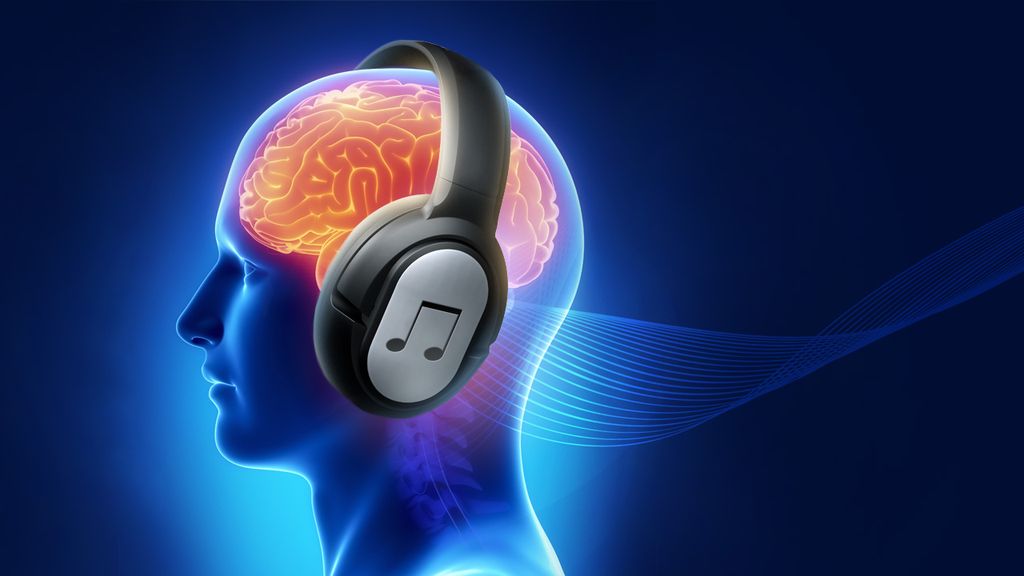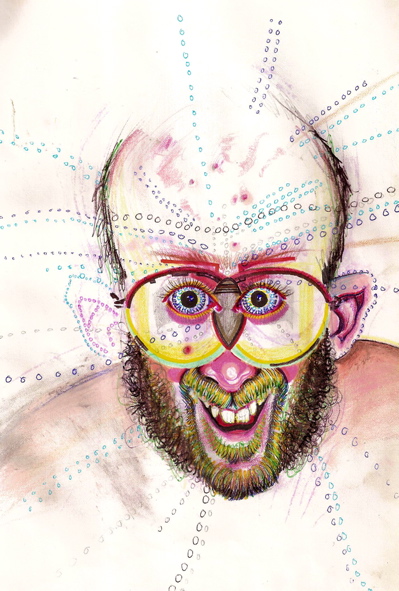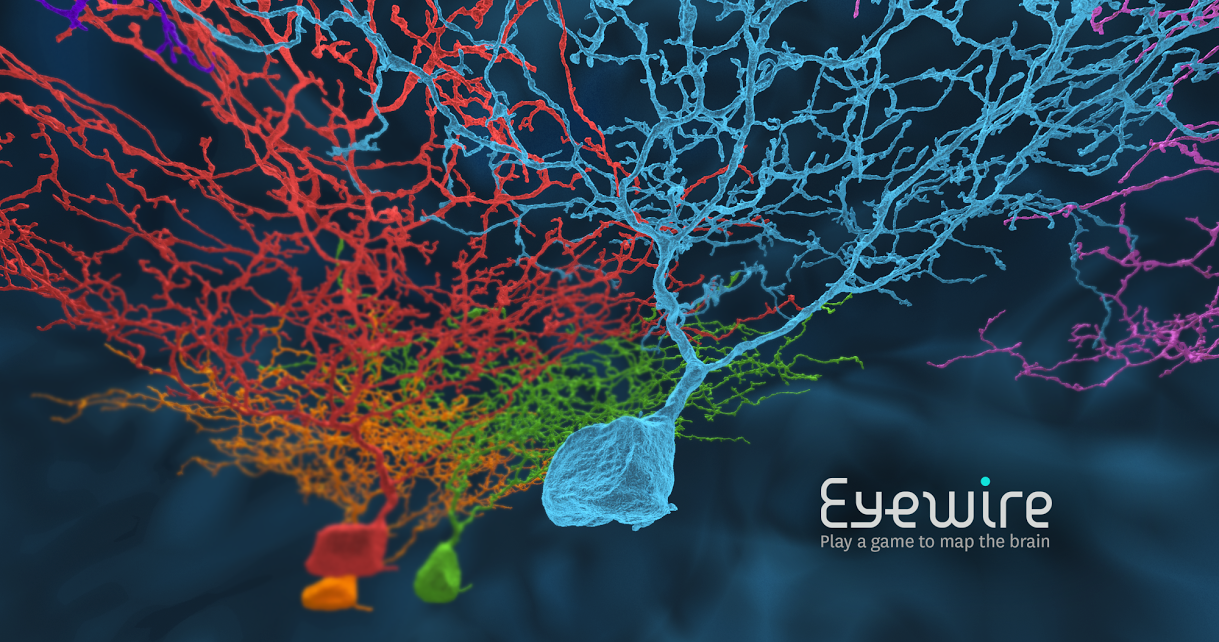Category: Pop Culture
The Power of Meditation
When the word meditation comes up, people usually think of Monks or Buddhists first. However, there is a reason they meditate so often; meditation does wonders for your brain, and here is how.

There are two main types of meditation: 1) Focused-attention meditation or ‘Mindful meditation‘ and 2) Open-monitoring meditation. In Mindful meditation, you focus on one specific thing ranging from your breathing, a specific sensation in your body, or a particular object in front of you.The key point is to focus on one thing without consideration to other thoughts or events happening around you. When any distractions occur, you must be quick to recognize it and turn your focus back to your focal point. Open-monitoring meditation is where you pay attention to all the things happening around you but you do not react to them.
More
Neuroplasticity of Music
As we grow and discover new artists, we refine the compilation of music in our brains. But do we stop developing taste in music at a certain age? Many researchers believe that by the age of 14 musical preferences are completely developed. Does this mean that your taste in music is set in stone for the rest of your life? Not exactly.
In an article from the New York Times, David Hajdu points out that major music stars such as John Lennon, Paul Simon, and Aretha Franklin, and many other successful artists all turned 14 during the mid-50s, when rock ‘n’ roll was first becoming a major genre. Altough it may just be a strange coincidence, Hajdu believes that this is what influenced them to pursue music as a career “Fourteen is a sort of magic age for the development of musical tastes,” says Daniel J. Levitin, a professor of psychology and the director of the Laboratory for Music Perception, Cognition and Expertise at McGill University. “Pubertal growth hormones make everything we’re experiencing, including music, seem very important. We’re just reaching a point in our cognitive development when we’re developing our own tastes. And musical tastes become a badge of identity.”
A Different Way to Exercise
Does the gym seem too far away? Do you feel like you don’t have time to exercise? There may be some good news for couch potatoes like ourselves. Studies are showing that watching a sport causes some of the same physiological effects as actually working out . While watching others exercise, heart rate, respiration, skin blood flow, and sweat release all increase as if you were exercising.
Researchers at the University of Western Sydney inserted fine needles into an outer nerve of volunteers who were shown a static image followed by a video of a jogger for 22 minutes. With these needles, the scientists were able to record electrical signals within nerve fibers that innervate blood vessels. These recordings provided measures of the body’s physiological stress response, particularly muscle sympathetic nerve activity.
The study showed that sympathetic nerve activity increased when volunteers watched the jogger. In comparison, observing the static image caused change in activity. The sympathetic nervous system innervates the heart, sweat glands, and blood vessels, and its activity increases during exercise. This study indicates that its activity also increases while watching another person exercise, indicating that there may be some benefit.
A Foray into Self-Perception: Altering Self-Image through Drugs
Before reading this post, I want you to take a look at the website of Bryan Lewis Saunders, specifically the portion that describes his escapade through drugs and self-image. It can be found at http://www.bryanlewissaunders.org/drugs/.
As a brief summary, Saunders took one drug a day for several weeks straight, and drew a self-portrait during the experience of each. Eventually, he changed to more sporadic use due to exhaustion and brain damage issues, but he did continue for quite a while. Saunders ranges the gamut from commonly known drugs such as Adderal, bath salts, and cocaine to more obscure Risperdol and Klonopin. The approach was clearly unscientific, it does delve into some interesting questions concerning our self-image, at least once you go past the initial, “this guy is crazy” response. Although I certainly won’t delve into all of them, I think it’s important to sometimes take a moment and ask them.
First of all, it’s interesting to see how much our self-perception can be altered by something so seemingly trivial as a drug. We consider our image to be an integral part of us, yet it is easily changed. For those who study neuroscience, this is probably unsurprising, as we know that drugs change the chemistry of our body and brain, and are thus likely to alter self-image. However, the extent is quite amazing, if Saunder’s pseudo-experiment is any indication.
Addiction Annulled: A Brief Background on Cigarette Cessation
Tobacco use is widely considered to cause more preventable and premature deaths than any other factor in developed countries. In other words, a successful campaign against tobacco use would arguably save more lives globally than any other campaign for public health.
There are many different ways of consuming tobacco, but for the purposes of this paper only cigarette smoking will be discussed and will be referred to simply as “smoking.” It is well known that smoking causes a variety of serious negative health effects; all one has to do is look at the warning label on a box of cigarettes. Why then, in spite of the obvious dangers, do so many people continue to smoke? One reason is simply because smoking looks cool, mainly due to its glorification in popular culture. In a more recent phenomenon, it seems that lower numbers of smokers in the population have given smoking a unique, hipster image. While an important one, image is not the only factor preserving smoking’s popularity; the main factor can only be fully understood through neuroscience. It is a specific process occurring within the brain called addiction, or more technically drug dependence.
EyeWire: Crowd Sourced Research
Do you fancy yourself a scientist? Are you unable to work in a laboratory? Now with online crowd sourcing technology, you can be on the front line of cutting-edge discoveries. In the same fashion that people raise money through crowd sourcing on websites like KickStarter and GoFundMe, researchers at MIT have created a program to capitalize on the thousands of people that have access to a computer. The project is headed by Dr. Sebastian Seung using data collected from the Max Planck Institute for Medical Research. The goals of the project are to reconstruct the three-dimensional shapes of retinal neurons from two-dimensional images, to identify synapses in order to map the connections between neurons, and to relate this connectivity with the known activity of the neurons. Completion of these tasks will contribute to the overall goal of developing the connectome, a project with the same ideal of the Human Genome Project, but for neural connections instead of genes.
Currently, Eyewire is mapping four types of cells: amacrine, bipolar, ganglion, and glial cells. Many processes are used to map these cells. First, cells are photographed using serial block-face scanning electron microscopy (SBFSEM). This technique uses two groups of materials to stain a sample. The heavy metals osmium, lead, and uranium are used and an epoxy resin, or a type of plastic, are combined to produce a sample that can easily be read by a scanning electron microscope (SEM). The heavy metals react with a focused beam of electrons coming from the SEM to create a high resolution two dimensional image. A three dimensional image is created by combining layers of the sample, with each layer being about 70 microns thick.
Overcoming Brain Cancer with the Raw Food Diet

The Basis of the Raw Food Diet
There is a 17-year-old girl named Megan Sherow who was diagnosed with stage 3 brain cancer at the age of 13. The doctors showed no signs of optimism toward her survival, even after an aggressive treatment of chemotherapy and radiation. Megan did not want to give up on her battle to survive, and so she came across the raw food diet, which changed her life completely.
The raw food diet is based on the consumption of all raw, non-cooked, foods, mainly plants. Fruits and vegetables are the richest sources of valuable nutrients. If animal foods are eaten, they too are raw, and milk would be consumed unpasteurized. The plant-based diet mainly provides nutrient-dense foods that are rich in fiber. Fiber acts as an “intestinal broom” that picks up toxins deposited in the intestinal tract and carries them out.
The diet avoids processed foods, thus eliminating trans-fat, and providing low levels of saturated fat, sodium, and sugar. Processed foods contain chemical additives to make them look and taste better, chemical preservatives to make them last longer, and some synthetic vitamins and minerals that attempt to restore the foods’ nutritional values. Some artificial substances pass through the body, but others that do not get trapped in the kidneys, liver, intestines, and tissues like the heart, blood vessels, and brain.
Cooking foods exposes the nutrients in the food to heat, which can destroy them, especially water-soluble vitamins, antioxidants, and unsaturated fats, a popular one being omega-3s. The nutrients can be converted from an organic to an inorganic state, rendering them useless to the body. The beneficial effects of dietary fibers can also be altered and reduced. Cooking meat can lead to charring, generating heterocyclic amines, which are carcinogenic compounds. Cooking carbohydrates may produce acrylamide, which is also a potential carcinogen. Cooking has the potential destroy enzymes, lessen the nutritional value of food, and raise its acidity.
The Perfect Nap with the Most Brain Benefits

Who Needs a Bed Anyway?
Have you ever wondered how long a perfect nap should be? We all decide to take naps because we feel our bodies and minds start to shut down, and the thought of doing anything productive just seems absolutely impossible. So what constitutes the perfect nap?
Your brain goes through five stages of brain activity during a sleep cycle. The first stage is falling asleep; it usually lasts five to ten minutes. This is the stage in which one may feel as though they are falling and their muscles may contract, causing what is called hypnic myoclonia. The second stage is known as light sleep. There are periods of muscle tone and muscle relaxation, along with a slowed heart rate and decreased body temperature. This is the body’s way of preparing for deep sleep. The third and fourth stages are the deep sleep stages, known as slow-wave or delta sleep. The highest arousal thresholds are seen in deep sleep, meaning that waking up is the most difficult during this stage. The final stage is called REM sleep, or rapid eye movement. The brainwaves during REM are very similar to those during wakefulness and heart rate, along with respiration, speed up. The eyes move rapidly in different directions, and intense dreaming occurs due to the heightened brain activity.
With that being said, it is now important to decide what the goal of your nap is. A nap of ten to twenty minutes yields mostly stage 2 of sleep, and therefore enhances alertness and concentration, elevates mood, and sharpens motor skills. Drinking coffee right before you take a “power nap” will aid in alertness upon waking, because it takes coffee about 20-30 minutes to fully kick in. Also try to sit slightly upright during the nap. This will help you avoid entering deep sleep and potential grogginess. It is important to note that if you find yourself dreaming during your power naps, it is a sign of sleep deprivation.
Are carbohydrates holding us back from our true potential? Exploring the possibilities of a ketogenic diet.

An example ketogenic meal. Source - https://ehonami.blob.core.windows.net/media/2014/06/eat-energizing-foods-paleo-diet.jpg
It is hard to avoid carbohydrates in the world we live in today. Since the industrial age 100-200 years ago, factories have been able to produce large quantities of sugar and white flour to feed the masses. Really though, foods high in carbohydrates (such as pasta, bread, rice, and potatoes) have only been available to us since the rise of agriculture, approximately 5-10,000 years ago. Prior to that, humans assumed a hunter-gatherer lifestyle where our diets consisted primarily of animal products and low starch vegetables; this was basically whatever we could find in nature without growing ourselves. According to Stephen D Phinney, simply due to circumstance, it is likely that the hunter-gatherer era of humans followed a high fat, moderate-high protein, and very low carbohydrate diet [6]. This has become known as a ketogenic diet, named after ketosis, a natural metabolic state the body undergoes when carbohydrates are nearly eliminated from one's diet.
Cupidity of Commodity
WARNING: the following article features sentences written either by professionals or under the supervision of professionals. Accordingly, Matt and the producers must insist that no one attempt to recreate or re-enact any sentence or thought described in this article.
Personal Note from the Producers: Don't feed into the character Matt creates, he truly is a good person. #NWTS
Cue the Pink Floyd...
Boom boom ba boom boom boom ching ching guitar riff...."MONEY!"

What do you want? What do you need? Food? Water? Shelter? Sure, sure, yes maybe, but what do you want? Dream bigger, you're thinking too realistically! Stop limiting yourself, open up! Close your eyes, relax, paint the picture how you see it. Don't tell me, just visualize it, taste it, feel it! C'mon man, it's in there somewhere! Yes Yes, exactly bottle up all those 'it's not gonna happen' or 'yeah right' moments you experienced and strangle the life out of them! You want the Arancio Argos Lamborghini Aventador LP 700-4 with the matte wheels to match, okay. You liked that bachelor pad in Phuket didn't you? The one with the wrap around balcony, snug love seat, black leather couch, gourmet kitchen, his/her bathrooms...yeah that's the one. But how? That's impossible right? How do you expect to reward yourself with such prodigal riches at such a young age? Who are you trying to follow? Me: Floyd "Money" Mayweather, Adrien Broner, Scott Disick, Lavish P! Because we're all rich peasants! If you can't afford to roll with the crew baby, then you're merely a campesino (shout out to to the Spanish readers). We get everything we want! There ain't no morality in this [bleep]! We might as well call ourselves the seven deadly sins! We take pride in our beliefs, feed off of your envy, consume more than we require, lust in the beauty of those we surround ourselves with, avoid physical labor, laugh at your anger, and most importantly: ignore the realm of the spiritual because its not worth a dime! Now, I love me some greed in the morning, especially served with a bowl of lucky charms. But is the idea of greed more innate than we think it is? Are the moral perceptions of greed and neuroscience more intertwined than we think? Shall we...



